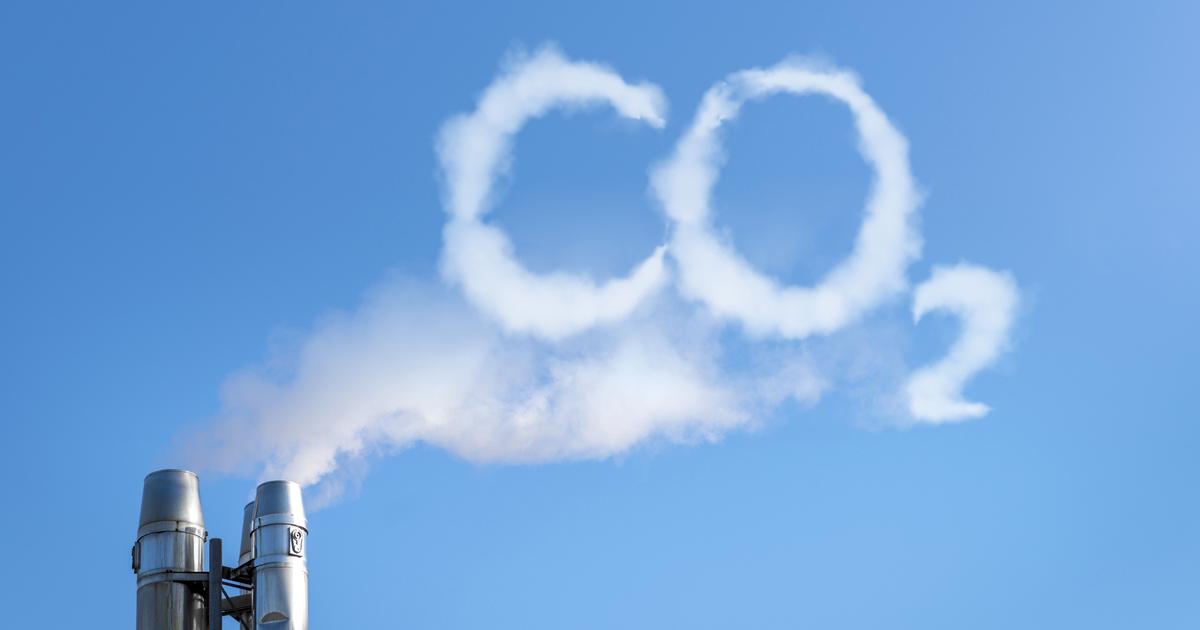Focus on climate crisis
All articles | More information
Reporting on climate change is one of the major journalistic challenges of our time. The climate crisis is also one of the most important issues of humanity for SPIEGEL. For this reason, we support an international initiative that seeks to take a look this week: "Covering Climate Now" has been initiated by the Columbia Journalism Review and the Canadian newspaper "The Nation", with more than 200 media companies worldwide including the Guardian, El País, La Repubblica, The Times of India, Bloomberg or Vanity Fair. SPIEGEL is dedicating the cover story of the current issue to the climate crisis this week and every day pays special attention to mirror.de
Sea level rise has accelerated in recent years. From 2006 to 2015, at almost four millimeters per year, it grew significantly faster than in previous decades. By 2100, the worst-case increase - the business-as-usual scenario - could quadruple and reach nearly one meter in total. This is the result of the Special Report of the IPCC on the state of the oceans and the cryosphere (ice worlds) adopted yesterday in Monaco.
The paper also warns of a strong warming of the oceans and the dying of ecosystems. The ice masses would melt worldwide. At the poles, but also in mountains and permafrost. Assumptions and forecasts from many climate researchers have been confirmed or even sharpened. After the 1.5-degree special report and on climate change and land systems, it is now the third report of the IPCC within a year.
For the report, more than 100 researchers from 36 countries spent two years working through thousands of studies - 7,000 studies alone appear as references in the report. The special report is thus a kind of meta-study in which the researchers have brought themselves up to date. He should also put pressure on politics. In December, the heads of state and government will meet again for the annual UN Climate Change Conference to implement the World Climate Agreement.
More about the climate crisis
"For the rise of the sea level, it makes a difference whether we have 1.5 or two degrees warming," said IPCC author Hans Otto Pörtner. Because many factors play together:
- On the one hand, the ocean is warming up due to the global rise in temperature - on the ocean surface to date by about one degree compared to pre-industrial times.
- The warming expands the water, increasing the volume of the oceans.
- Add to this the inflows of melting glaciers that flow through the rivers into the sea, and the entry through ice sheets in polar regions.
The sea does not rise everywhere equally fast
This has consequences for millions of people. "The coasts are heavily populated worldwide, especially with megacities like New York or Jakarta," explains oceanographer Detlef Stammer from the University of Hamburg. But sea levels are not rising everywhere - there are so-called hotspots, for example in the tropical regions - where the increase is about ten percent higher than on average - or on the east coast of the USA. The increase could even be 20 to 30 percent stronger there. "In some regions, such as Greenland, the land rises when the ice sheet gets smaller and the sea level drops," explains Stammer, "but the melt displaces water, which in turn can endanger tropical islands, such as in the Caribbean." For example, ocean currents distributed heat unequally. Because of this, the water in some areas expanded more and less in others.
Even if the regional consequences in the North Atlantic, South Pacific or Indian Ocean are different, there is a common trend: in all oceans the sea level rises, the oxygen content goes down almost everywhere and the pH drops. The latter leads to acidification of the oceans, which among other things leads to the death of marine animals such as corals.
Although the oceans also absorb a lot of CO2 and heat, thereby buffering the consequences of man-made climate change, a graph in the report shows that the negative influences clearly outweigh: Whether tourism, fishing or coastal habitats - there are already fights there with losses. The only winner is shipping, which can sail for longer periods through ice-free seas, such as in the Arctic.
The West Antarctic could sink New York
According to the report, the fact that sea levels could rise even more in extreme cases is mainly due to the melting processes in the Antarctic. The southernmost ice continent is one of the dangerous tilting elements of the climate system. If the average temperatures rise too high, the ice masses could become unstable and drain into the sea. This could even increase the sea level by up to three meters. "It's hard to predict when that happens," says glaciologist Angelika Humbert of the Alfred Wegener Institute. "Even with our simulations, we can not say exactly when exactly the glaciers are retreating and endangering the continental glacier shield."
Fact beyond forecasts is that the Antarctic ice loss has continued to rise. According to the latest progress report from 2013, the Antarctic ice sheet lost an average of 147 gigatonnes per year between 1992 and 2001 - from 2006 to 2015 it was now 155 gigatons annually. This is about three times the volume of Lake Constance (containing about 50 gigatons).
Only about a year ago, a huge iceberg broke off the Pine Island Glacier. Researchers call the "calving" of a glacier. The floating ice giant is not a problem in itself. But the mother glacier has less grip and slips faster into the sea. The more glaciers from the interior of the Antarctic move into the adjoining Admunsen Sea, the stronger the sea-level rise. When the ice sheets move inexorably towards the sea, the tipping point is reached.
"It's a kind of race, the ice sheets are changing very fast and as a modeler you are lagging behind to incorporate the processes adequately into the models," says glaciologist Humbert. Hardly anyone knows ice masses as well as they do. Humbert was just in Greenland and has retrofitted their measuring stations at the lower reaches of the glaciers. Some studies by Humbert are also cited in the IPCC Special Report.
More about the climate crisis
On Greenland, the ice is melting even faster than elsewhere, because there the temperature rise is twice as high as in Central Europe. "If we are at 1.5 degrees global warming, then we are in Greenland at three degrees," says Humbert. Greenland's melting ice sheet is currently contributing more to sea-level rise than the Antarctic, according to the new IPCC report. But by the end of the century, the Antarctic is likely to "catch up", the researchers assume.
Humbert knows the melting processes from his own experience: "If you stand with rubber boots on Greenland ice, then it is soaking wet and covered with a thin layer of water." In 2012, the entire Greenland ice sheet was completely thawed for the first time. Through thawing and freezing, there are feedback effects that further accelerate melting: "When meltwater freezes again, heat is released," says Humbert. One gram of freezing water warms around 160 grams of snow by one degree.
It could take a while until the ice sheets on the poles disappear. "It's not that the ice sheets of Greenland or the Antarctic until 2100 completely melt," says Humbert. After all, it is about ice masses with a thickness of up to three kilometers. Rather, it is about finding out how much ice mass and melt water is transported by the ice giant into the sea and influences the sea level. The Antarctic Pine Island glacier is particularly under observation: The two-kilometer-thick ice tongue loses the most mass by global standards.
This data could also be crucial for governments. Because they not only have to provide more climate protection, but also protect their coasts and know where and how high dams and dykes are built. Western states have long since begun: The city of New York, for example, was planning a huge barrier at the mouth of the Hudson River to protect New Jersey and Manhattan. But also cities and villages on the North and Baltic Sea currently need to be upgraded. These vulnerable coastal regions rely on the predictions of researchers such as Angelika Humbert.














